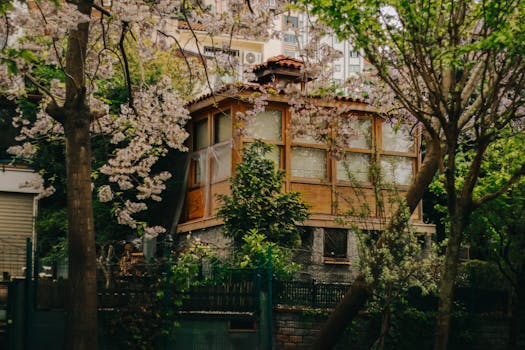
Urban Green Spaces: The Future of Outdoor Living in European Cities by 2025
Urban Green Spaces are becoming increasingly important in European cities, and for good reason. As the world becomes more urbanized, the need for green spaces has never been more pressing. In this article, we will explore the current state of urban green spaces in European cities and how they will shape the future of outdoor living by 2025.
Introduction to Urban Green Spaces
Urban Green Spaces refer to any area of land in an urban environment that is covered with vegetation, such as parks, gardens, and green roofs. These spaces provide a range of benefits, including improved air quality, reduced noise pollution, and increased biodiversity. They also offer a space for recreation, socialization, and relaxation, making them an essential component of urban planning.
Benefits of Urban Green Spaces
The benefits of urban green spaces are numerous and well-documented. Some of the most significant advantages include:
- Improved mental health and wellbeing
- Increased physical activity and reduced obesity
- Enhanced air quality and reduced pollution
- Increased biodiversity and urban wildlife
- Reduced urban heat island effect
- Improved social cohesion and community engagement
Current State of Urban Green Spaces in European Cities
European cities are taking steps to increase the amount of urban green spaces, with many cities aiming to become carbon neutral by 2025. Some of the most notable examples include:
- Paris, which has launched a plan to increase the city’s green spaces by 50% by 2025
- London, which has set a target of becoming the world’s first National Park City by 2025
- Barcelona, which has created a network of green spaces and parks to reduce the urban heat island effect
Future of Urban Green Spaces in European Cities
As we look to the future, it is clear that urban green spaces will play an increasingly important role in shaping the outdoor living experience in European cities. Some of the trends that we can expect to see include:
- Increased use of green roofs and walls to reduce energy consumption and improve air quality
- More emphasis on community-led urban planning and participatory budgeting
- Greater investment in urban forestry and tree planting initiatives
- Increased focus on urban agriculture and food production
Conclusion
In conclusion, urban green spaces are the future of outdoor living in European cities. As we look to 2025 and beyond, it is clear that these spaces will play an increasingly important role in shaping the way we live, work, and interact with our urban environments. By prioritizing the creation and maintenance of urban green spaces, we can create healthier, more sustainable, and more livable cities for all.





